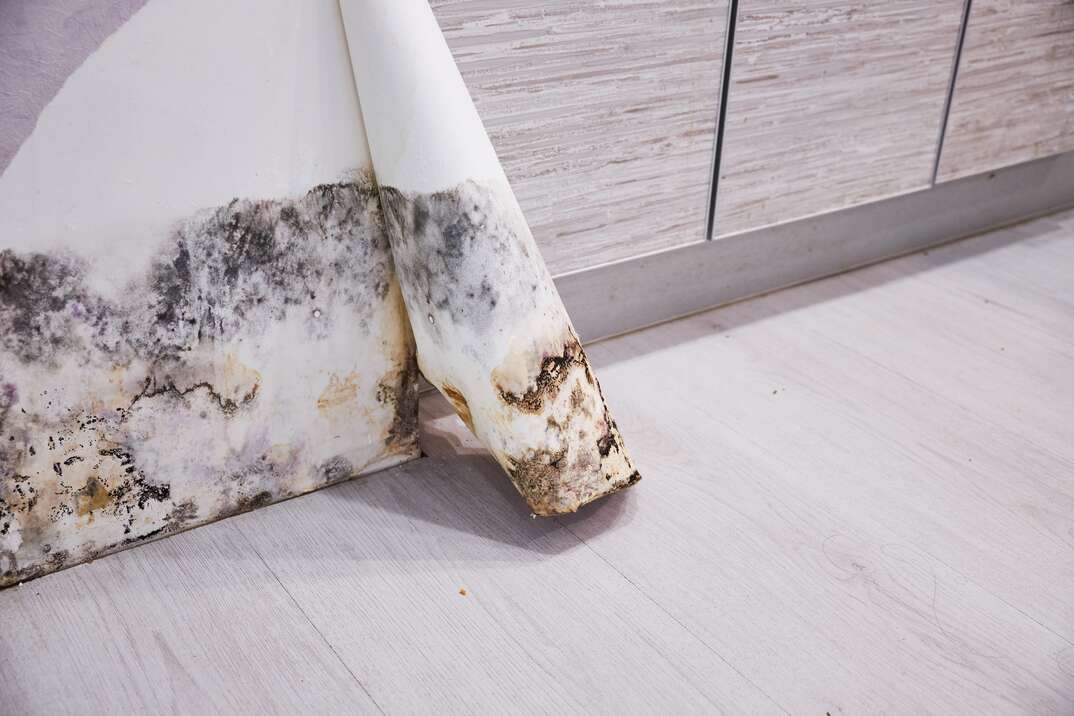After Mold Remediation Methods for Tidy Spaces
After Mold Remediation Methods for Tidy Spaces
Blog Article
Your Ultimate Guide to Blog Post Mold Remediation Techniques
Navigating the world of post-mold remediation techniques is a precise process that requires focus to information and a thorough understanding of the ins and outs included. In the after-effects of mold invasion, knowing just how to successfully get rid of the mold and mildew and avoid its reoccurrence is critical for keeping a healthy and balanced indoor setting. From choosing the ideal cleansing and decontaminating techniques to implementing techniques for long-lasting mold and mildew prevention, each step in the remediation trip plays a critical function in guaranteeing a successful end result. As we begin on this exploration of post-mold remediation techniques, we will discover the key methods and best methods that can help you recover your space to its pre-mold condition and guard it against future mold and mildew hazards.
Recognizing Post-Mold Remediation Refine
After finishing the mold and mildew removal procedure, it is vital to understand the post-mold remediation strategies that are essential to make certain a efficient and extensive clean-up. When the mold has been removed, the following action includes cleaning and sanitizing the affected locations to avoid any kind of regrowth of mold and mildew. This includes using specialized cleaning up agents to clean down surface areas and kill any kind of continuing to be mold and mildew spores. It is crucial to dry out the area completely to discourage the development of mold and mildew in the future (Post Mold Remediation). Appropriate ventilation and dehumidification can aid in this procedure.
Furthermore, conducting a final evaluation post-remediation is crucial to ensure that all mold has been successfully eliminated. If the evaluation discloses any sticking around mold and mildew, extra remediation may be required.
Effective Cleaning and Decontaminating Methods

Preventing Future Mold And Mildew Growth

Value of Correct Ventilation
Proper ventilation plays a crucial duty in stopping moisture build-up, an essential consider mold development within indoor environments. Effective air flow systems help get rid of excess humidity from the air, lowering the possibilities of mold and mildew spores locating the wetness they need to sprout and spread. Without adequate air flow, interior spaces can come to be a reproduction ground for mold and mildew, leading to prospective wellness threats and structural damages.
By guaranteeing correct air circulation, ventilation systems can additionally help in drying out wet areas quicker after water damages or flooding events, better deterring mold and mildew development. Post Remediation Inspection near me. In areas like bathrooms, attics, cellars, and cooking areas where dampness degrees tend to be greater, installing and maintaining efficient ventilation systems is vital in stopping mold and mildew problems

Surveillance and Upkeep Tips
Given the critical function that correct air flow plays in protecting against mold development, it is important to develop efficient surveillance and upkeep pointers to make certain the ongoing functionality of air flow systems. Regular examinations of ventilation systems should be performed to examine for any kind of indicators of clogs, leaks, or malfunctions that could hinder appropriate air movement. Surveillance humidity degrees within the building is additionally essential, as high humidity can contribute to mold development. Installing a hygrometer can assist track humidity degrees and sharp home owners to any kind of spikes that might call for interest. Furthermore, ensuring remove moldy smell from car that air filters are frequently cleansed or replaced is important for keeping the performance of the ventilation system. Implementing a routine for regular maintenance jobs, such as duct cleaning and cooling and heating system evaluations, can aid prevent concerns before they intensify. By remaining alert and proactive to the condition of ventilation systems, building owners can successfully minimize the threat of mold and mildew regrowth and keep a healthy interior atmosphere.
Conclusion
To conclude, post-mold remediation techniques are vital for making certain a clean and secure setting. Understanding the procedure, carrying out efficient cleansing and disinfecting techniques, protecting against future mold and mildew development, preserving proper air flow, and regular surveillance are all essential steps in the removal process. By adhering to these guidelines, you can successfully remove mold and stop its return, working or advertising a healthy living area for all residents.
In the after-effects of mold problem, understanding how to successfully eradicate the mold and mildew and avoid its reoccurrence is paramount for preserving a healthy indoor setting. When the mold has actually been removed, the following action involves cleaning and decontaminating the affected areas to protect against any type of regrowth of mold and mildew - Post Remediation verification. After removing noticeable mold and mildew growth, it is important to clean up all surfaces in the afflicted location to remove any remaining mold and mildew spores. To even more enhance mold prevention actions, it is essential to attend to underlying issues that at first led to mold advancement.Offered the essential duty that correct air flow plays in stopping mold development, it is necessary to establish effective tracking and upkeep tips to make certain the continued capability of ventilation systems
Report this page